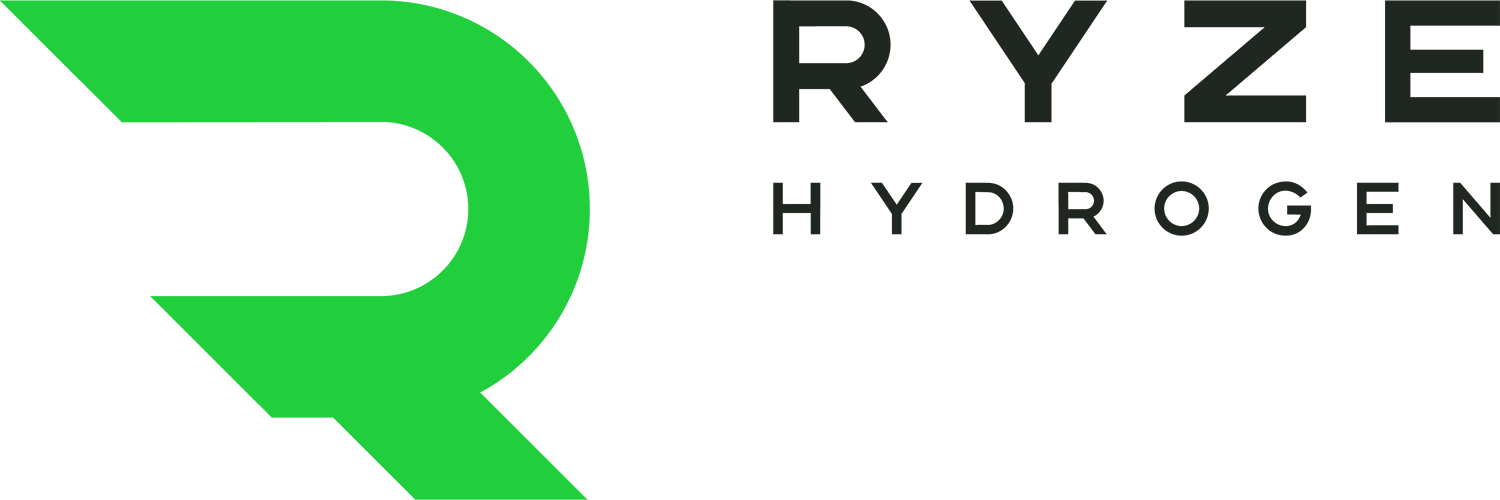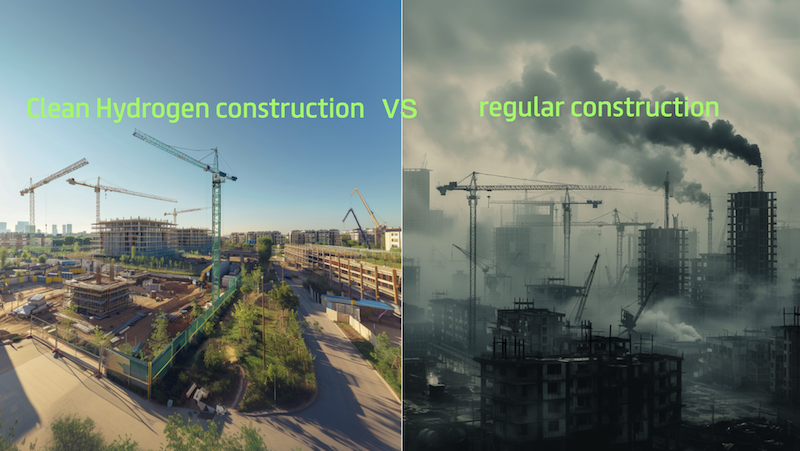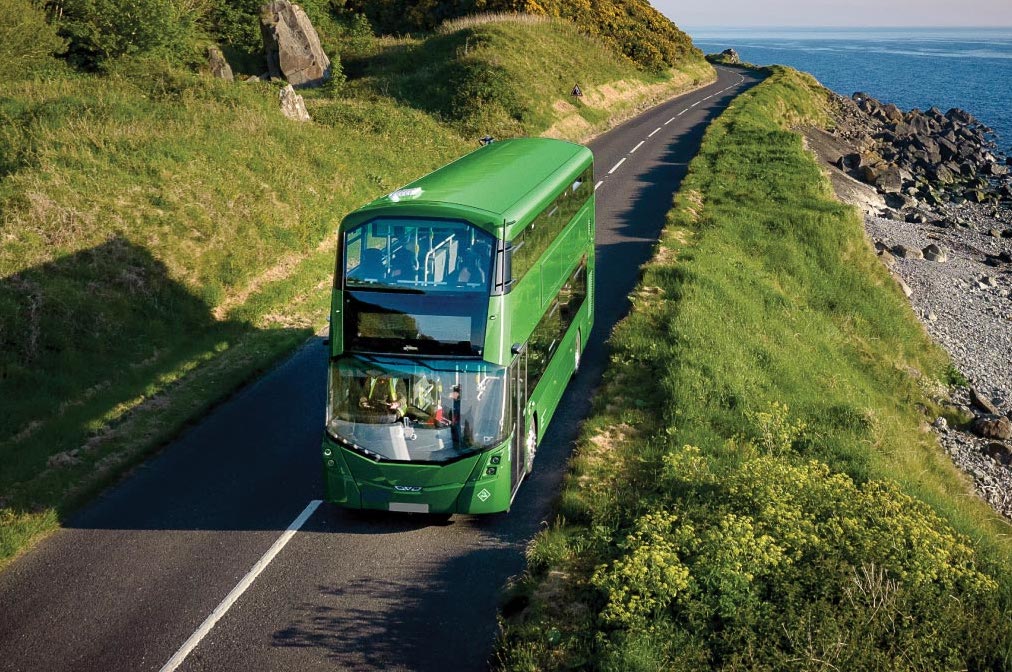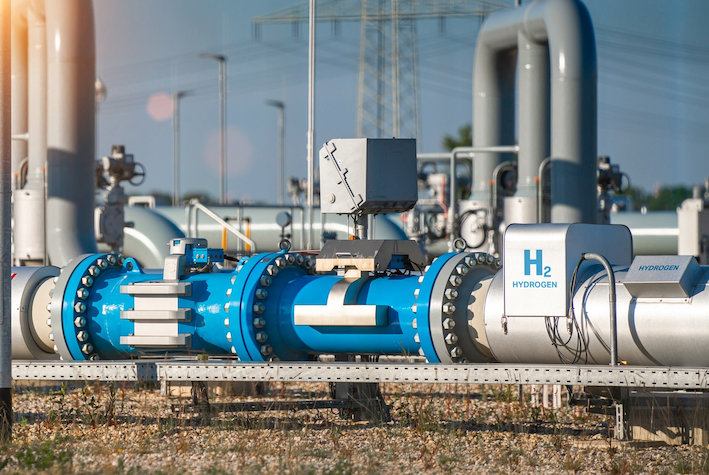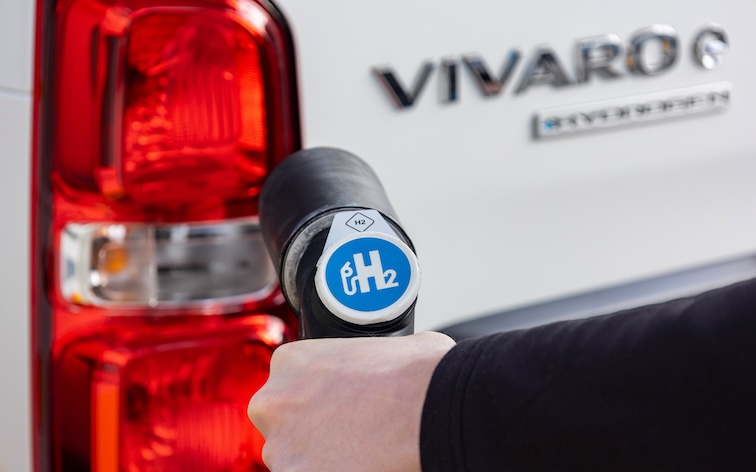Aviation’s clean hydrogen revolution is coming from all directions.
Taking a bottom-up approach, start-ups such as ZeroAvia are developing technology to convert small aircraft to hydrogen fuel, while at the other end of the spectrum, industry giants such as Airbus and Rolls-Royce are exploring how they can carry hundreds of passengers 1,000s of miles across the world.
The timescales for these projects are very different but progress is visible for both approaches.
In January of this year, ZeroAvia carried out a test-flight of a 19-seat Dornier 228 aircraft, one of which’s two engines was powered by a fuel cell, making it the largest plane yet to take to the skies powered by the clean fuel.
The flight is part of the British-American company’s plans to begin commercial flights using only hydrogen fuel cell power by 2025, while applying its technology to ever-larger aircraft.
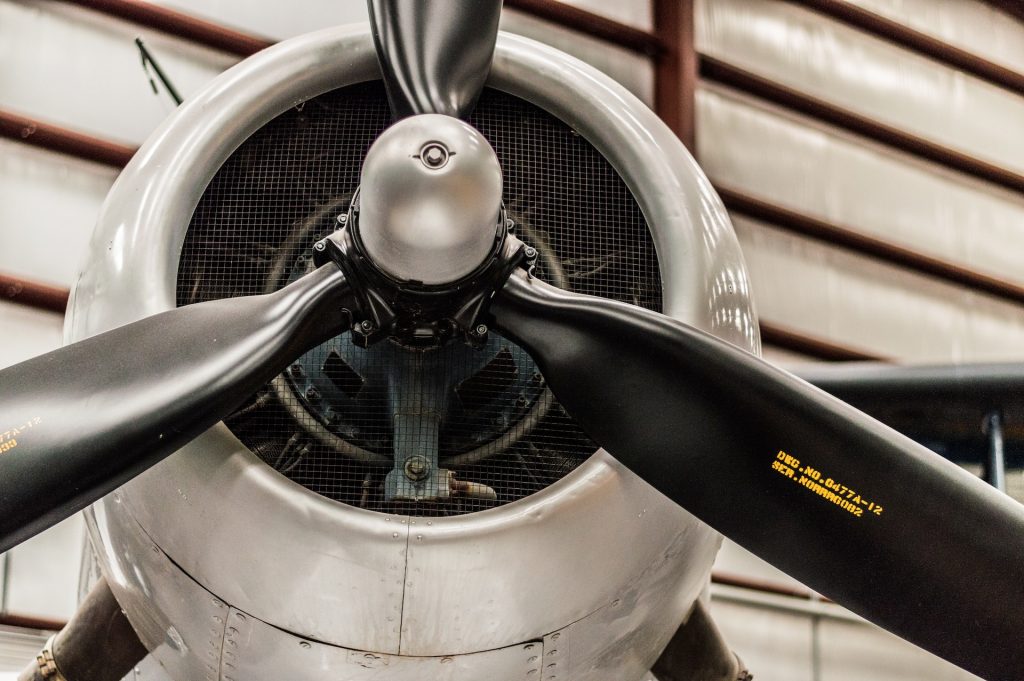
In January of this year, ZeroAvia carried out a test-flight of a 19-seat Dornier 228 aircraft, one of which’s two engines was powered by a fuel cell, making it the largest plane yet to take to the skies powered by the clean fuel.
GKN Aerospace, a UK-based hydrogen aviation contender with considerable pedigree in traditional aviation, is also seeking to scale up its technology after successful early tests. After initially targeting a 19-passenger aircraft solution with its H2GEAR Programme, it is now looking at 96-passenger aircraft and beyond.
Cranfield Aerospace Solutions (CAeS) has been developing its hydrogen propulsion system since 2019 under the name Project Fresson. It recently announced an addition to its deal to supply fuel-cell conversion kits for the Britten-Norman BN2 Islander to Germany’s Evia Aero and to develop a solution for a larger, 19-seater aircraft.
ZeroAvia, which operates out of Cotswold Airport in the UK, has attracted interest from across Europe announcing partnerships with Birmingham Airport and Rotterdman Airport in recent weeks to develop infrastructure and lay the ground for hydrogen-powered flight by mid-decade.
Investors include American Airlines, the world’s biggest carrier, and energy supermajor Shell.
Among aviation incumbents, engine manufacturer Rolls-Royce and aerospace giant Airbus are among the most notable for their work on clean hydrogen.
In November last year, Rolls-Royce revealed the successful test of a regional aircraft engine powered by hydrogen. The Rolls-Royce AE 2100-A was fuelled by hydrogen produced from wind and tidal power at the European Marine Energy Centre in the Orkney Islands.

Start-ups such as ZeroAvia are developing technology to convert small aircraft to hydrogen fuel, while at the other end of the spectrum, industry giants such as Airbus and Rolls-Royce are exploring how they can carry hundreds of passengers 1,000s of miles across the world.
A few days later, Airbus said it’s developing a hydrogen fuel-cell engine for aircraft. Unlike the Rolls-Royce engine, which burns hydrogen to produce power, it would generate electricity in much the same way as a fuel-cell car or bus.
Airbus plans to test the engine by the middle of the decade on a modified A380 MSN1, but it is likely to be deployed commercially on smaller aircraft able to carry up to 100 passengers about 1,150 miles.
Airbus has been pursuing hydrogen technology for some years. In September 2020, it revealed three ZEROe concept aircraft, all powered by hydrogen. The “blended-wing body” design looks like a flying V, while the turbofan and turboprop designs have longer bodies to store the hydrogen fuel in the rear and have longer wings.
While hydrogen has an energy density almost three times greater than diesel or gasoline, it needs to be chilled to minus 253 degrees centigrade to keep it liquid, creating some technical challenges for aircraft designers, but none have thus far proved insurmountable.
Emissions from aviation account for 2% of the global total. If aviation is serious about achieving net zero emissions, hydrogen is currently the only option.
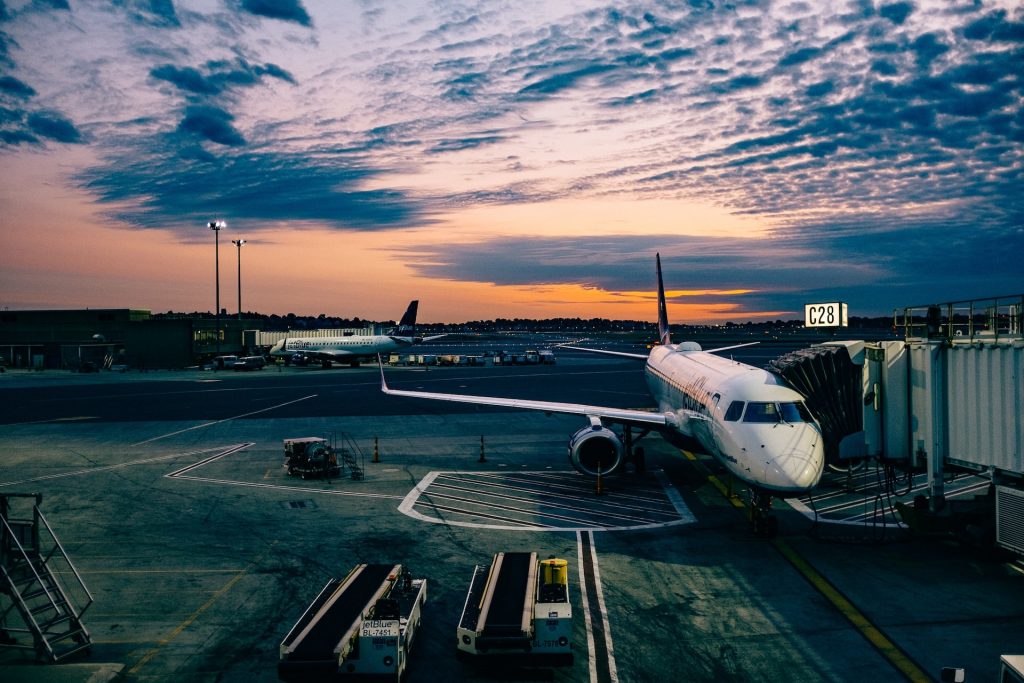
Emissions from aviation account for 2% of the global total. If aviation is serious about achieving net zero emissions, hydrogen is currently the only option.
Sustainable aviation fuels (SAFs), while favoured by some because they can be dropped into existing aircraft with few modifications, only reduce carbon emissions by 80% while hydrogen produced with renewable energy creates negligible CO2 and none while being burned or used in a fuel cell.
SAF is also expensive – produced from biological resources it is between two and six times more expensive than traditional jet fuel – and there isn’t much of it about – it currently covers less than 0.1% of the aviation industry’s needs.
Hydrogen fuel could make up 32% of the market by 2050 if it becomes commercially available by 2035, according to a study from climate think-tank Energy Transition Commission.
It would seem that it’s only a matter of time before truly clean air travel is cleared for take-off and hydrogen-powered aircraft are carrying passengers and cargo across the skies.
To learn more about Ryze Hydrogen, click here.
